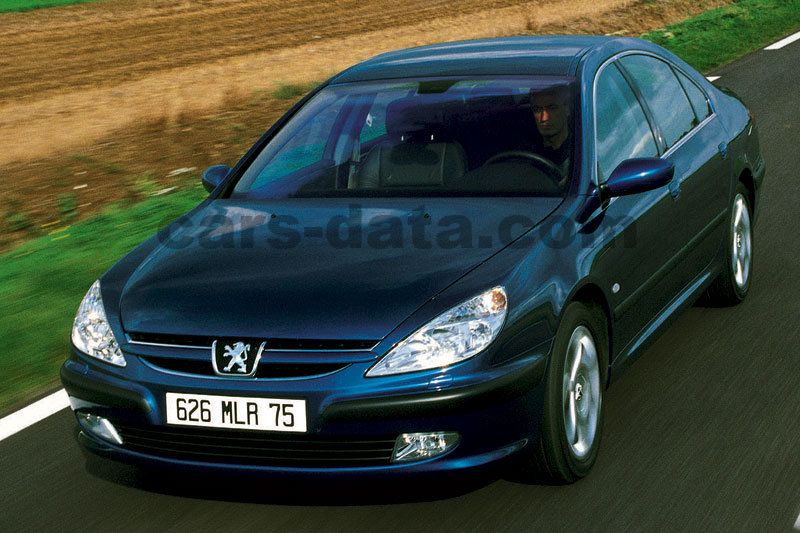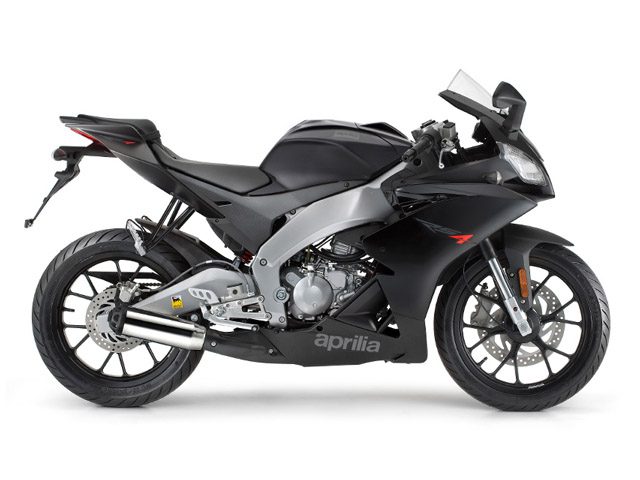
Peugeot 607 2.2 HDi package
Many will then ask themselves: why exactly the 607, and more importantly, why in connection with the 2-liter engine, which is also a diesel, because, say, the home's three-liter gasoline engine is more powerful and in all respects much larger. noble. These are qualities that everyone values in the long run.
But it is necessary to take into account one more, also very important property, which is called thirst or fuel consumption. And yet the gasoline six-cylinder engine performs much worse, since it requires an unreasonably large amount of fuel to quench its thirst than the ever-thirsty diesel. It is this function that allows you to drive much longer without unnecessary intermediate stops at gas stations. With moderate driving and with a supply of fuel in the tank, the car can travel more than 1000 kilometers (minimum average consumption on the test 7 l / 6 km) or with a very heavy right leg at least 100 kilometers (maximum average consumption on the test). test 700 l) / 10 km).
On the other hand, we found an unpleasant diesel value. At idle, despite the built-in compensating shafts, unpleasant vibrations are spread from the engine, of which there are not so many, but they are. Despite the good sound insulation, the unit does not hide its working character.
But with gasoline fans, interfering properties are well dissipated while driving (vibrations completely subside, and noise, unfortunately, only partially). The turbine starts to wake up gently at 1700 rpm of the main shaft and wakes up completely at 2000 rpm. From here, the engine runs sovereignly and rotates without any problems up to (for diesel engines) a high 5000 rpm. However, we do not recommend running the engine above 4500 rpm as engine flexibility is already starting to decline.
Another feature of the car that can delight or frustrate passengers on long journeys is the chassis. This is also intended primarily for ease of travel. Swallowing both longer and shorter bumps and other bumps is effective. Consequently, the position is known for a high level of comfort.
If you decide to turn off the highway towards the countryside, you will soon feel the real size or, better, the weight of the car, as the car leans rather sharply in corners. If you are surprised by the inconvenience on the road, you will be helped by sufficiently effective brakes, which, of course, are supported by the ABS system and a safety accessory. In the event of a sharp deceleration, it turns on all four safety indicators (checked!) And thus warns other road users of the danger on the road.
However, if you just want to enjoy the ride, the good ergonomics inside will allow you to do just that. This also applies to the position behind the wheel, as the adjustable seat and steering wheel allow anyone to find the right position. And even those sitting on the back bench will be satisfied with a fairly rich metered space.
With regard to the rich equipment, we must also mention that the six week old baby with the additional equipment Pack (surcharge 640.000 tolar) is really well equipped. Along the way, you'll be pampered by a good automatic air conditioning, a radio with an optional CD changer in the trunk, remote central locking, pleasantly soft and comfortable seats (with poor side grip) that are fully adjustable and electrically adjustable, and cruise control.
After all, we'd be happy to add a rain sensor designed for comfort on rainy days to the list of rich and desirable standard equipment, but unfortunately it's impossible to write it down. It causes problems because it is too sensitive: while driving, the wipers reach their maximum cleaning speed very quickly, when the main cleaning level is sufficient. The sensor is also ineffective when driving through the tunnel - the wipers worked throughout the tunnel, although its length exceeded 400 meters.
In our hearts, we write that Peugeot managed to assemble a good and, above all, an economical passenger car that will pamper passengers with a high level of standard equipment and comfort, and sometimes annoy the driver with the inferiority of the rain sensor. But perhaps Peugeot wants to tell us in a whole new way that it's not wise to travel on rainy days. Who knows?
Peter Humar
PHOTO: Uro П Potoкnik
Peugeot 607 2.2 HDi package
Basic data
| Sales: | Peugeot Slovenia doo |
|---|---|
| Base model price: | 29.832,25 € |
| Calculate the cost of auto insurance | |
| Power: | 98kW (133 KM) |
| Acceleration (0-100 km / h): | 10,6 with |
| Maximum speed: | 205 km / h |
| Mixed flow ECE: | 6,8l / 100km |
Technical information
| engine: | 4-cylinder - 4-stroke - in-line - direct injection diesel - front mounted transversely - bore and stroke 85,0 × 96,0 mm - displacement 2179 cm3 - compression ratio 18,0: 1 - maximum power 98 kW (133 hp) at 4000 rpm - maximum torque 317 Nm at 2000 rpm - crankshaft in 5 bearings - 2 camshafts in the head (timing belt) - 4 valves per cylinder - direct fuel injection and system Common Rail (Bosch) - Turbine Exhaust Supercharger (Garrett), charge 1,1 barg air pressure - Aftercooler - Liquid Cooled 10,8 L - Engine Oil 4,75 L - Oxidation Catalyst |
|---|---|
| Energy transfer: | engine drives front wheels - 5-speed synchromesh transmission - gear ratio I. 3,418 1,783; II. 1,121 hours; III. 0,795 hours; IV. 0,608; v. 3,155; reverse 4,176 – differential 225 – tires 55/16 ZR 6000 (Pirelli PXNUMX) |
| Capacity: | top speed 205 km / h - acceleration 0-100 km / h 10,6 s - fuel consumption (ECE) 9,0 / 5,5 / 6,8 l / 100 km (gasoil) |
| Transportation and suspension: | 4 doors, 5 seats - self-supporting body - front single suspension, leaf springs, triangular cross rails, stabilizer - rear single suspension, multi-directional axle with transverse, longitudinal and inclined guides, coil springs, telescopic shock absorbers, stabilizer - disc brakes, front forced cooling ), rear disc, power steering, ABS - steering wheel with rack and pinion, power steering |
| Mass: | empty vehicle 1535 kg - permissible total weight 2115 kg - permissible trailer weight with brake 1600 kg, without brake 545 kg - permissible roof load 75 kg |
| External dimensions: | length 4871 mm - width 1835 mm - height 1460 mm - wheelbase 2800 mm - track front 1539 mm - rear 1537 mm - driving radius 12,0 m |
| Inner dimensions: | length 1730 mm - width 1530/1520 mm - height 930-990 / 890 mm - longitudinal 850-1080 / 920-670 mm - fuel tank 80 l |
| Box: | normal 481 l |
Our measurements
| T = 4 ° C – p = 998 mbar – otn. vl. = 68% | |
| Acceleration 0-100km: | 11,1s |
|---|---|
| 1000m from the city: | 32,8 years ( 160 km / h) |
| Maximum speed: | 205km / h (V.) |
| Minimum consumption: | 7,6l / 100km |
| test consumption: | 8,7 l / 100km |
| Braking distance at 100 km / h: | 42,4m |
| Noise at 50 km / h in 3rd gear | 57dB |
| Noise at 50 km / h in 4rd gear | 56dB |
| Noise at 50 km / h in 5rd gear | 55dB |
| Test errors: | unmistakable |
evaluation
Six hundred and seven is a good and comfortable tourist car that will delight users with rich equipment. Only a sensitive rain sensor will give the driver a headache.
We praise and reproach
engine
fuel consumption
comfortable chassis
rich equipment
rain sensor sensitivity
poor lateral grip of the front seats
cornering tilt
